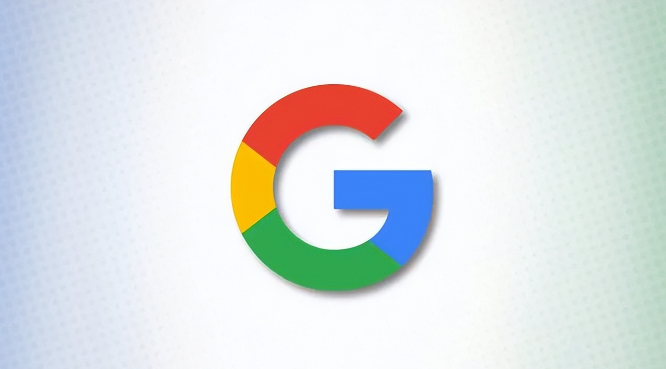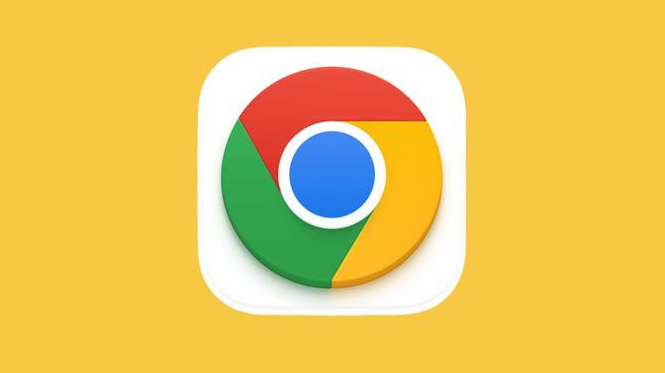详情介绍

1. 关闭不必要的扩展和插件:
- 打开chrome://extensions/。
- 在列表中,点击“manage”按钮,选择“show all”。
- 滚动到底部,找到你不需要的扩展或插件,并点击“x”将其禁用。
2. 清理缓存和cookies:
- 打开chrome://settings/clear browsing data。
- 选择你想要清除的数据类型(如cookies、cache、history等),然后点击“clear data”。
3. 更新浏览器:
- 打开chrome://version/。
- 点击“check for updates”,等待浏览器检查更新。
- 如果有可用的更新,点击“install now”进行更新。
4. 使用轻量级版本:
- 访问chrome://flags/enable-performance-mode。
- 勾选“enable performance mode”选项。
- 点击“restart now”重启浏览器。
5. 调整硬件加速设置:
- 打开chrome://settings/content/advanced。
- 在左侧菜单中,找到“hardware acceleration”并点击。
- 在右侧的滑块中,根据你的硬件性能调整“use hardware acceleration when available”的设置。
6. 使用无痕模式:
- 打开chrome://flags/enable-incognito。
- 勾选“enable incognito mode”选项。
- 点击“restart now”重启浏览器。
7. 使用开发者工具:
- 打开chrome://tools/。
- 点击“enable developer tools”按钮。
- 在开发者工具中,你可以查看和修改chrome的启动时间。
8. 使用第三方工具:
- 安装一个名为“speed up your chrome”的第三方工具。
- 运行该工具,它会扫描你的浏览器并给出优化建议。
9. 定期清理浏览数据:
- 打开chrome://settings/clear browsing data。
- 选择你想要清除的数据类型,然后点击“clear data”。
10. 使用云同步:
- 打开chrome://settings/new user profile。
- 点击“create a new profile”,然后按照提示创建一个新的用户配置文件。
- 在新的用户配置文件中,你可以设置默认的存储位置,这样每次启动时都会使用最新的数据。
通过上述方法,你可以有效地优化谷歌浏览器的启动速度,提高其性能。






